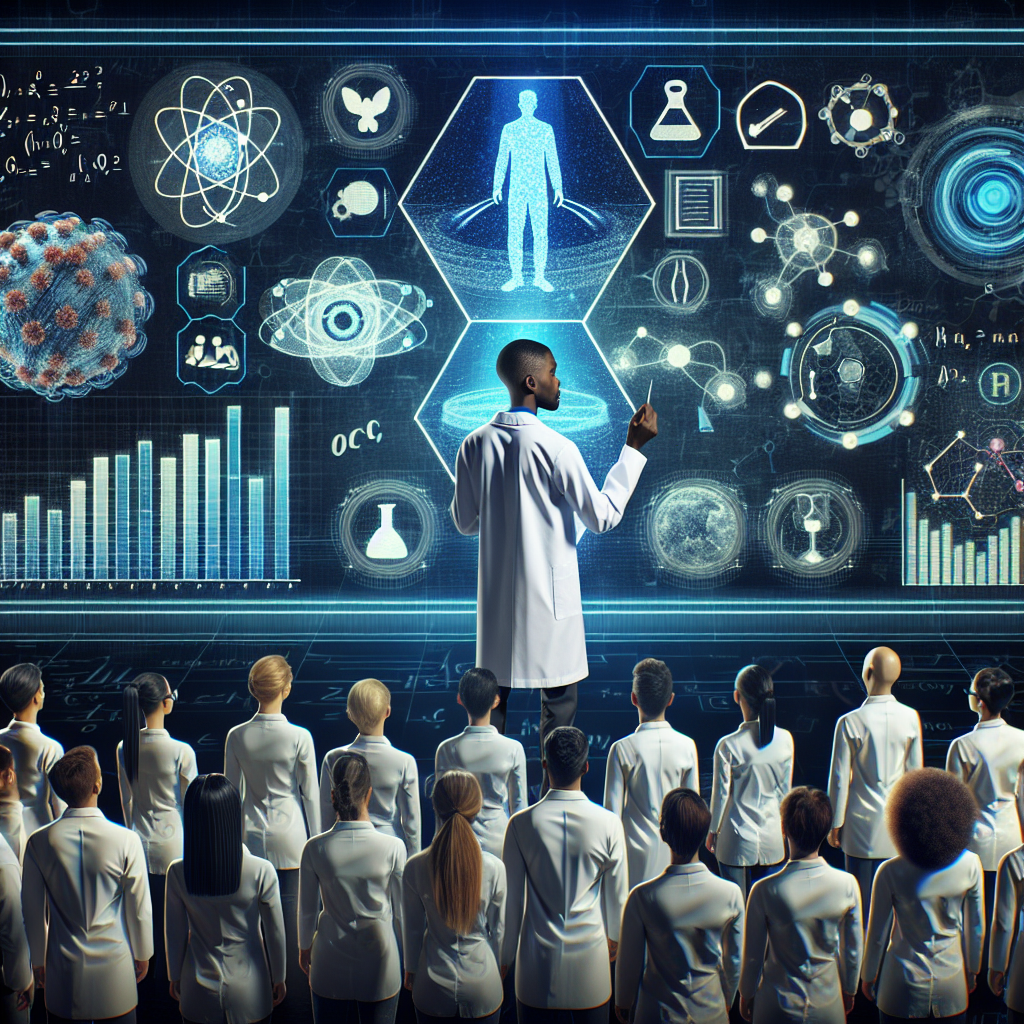Breakthroughs in Science: From Space Startups to Ancient Plagues
This summary covers recent significant achievements in science, including space startups' funding recovery, the discovery of the most complete UK dinosaur, the plague-linked population crash in Stone Age Europe, the detection of a mid-sized black hole, Europe's space mission with Ariane 6, and other pivotal updates from NASA and Neuralink.

Recent developments in the science community have brought to light several significant breakthroughs. Funding for space startups is on the rise, with global investments reaching $2.41 billion from April to June, marking a third consecutive quarter of growth, as per Seraphim Space.
In the realm of paleontology, the most complete UK dinosaur specimen in a century has been discovered on the Isle of Wight, estimated to be 125 million years old and weighing about 900 kilograms. Jeremy Lockwood, a PhD student at the University of Portsmouth, played a crucial role in this discovery.
New genomic evidence points to a plague that might have caused a population crash in Stone Age Northern Europe around 5,000 years ago. DNA from human bones and teeth from ancient tombs in Scandinavia suggests this disease could be responsible for the Neolithic decline.
In astronomy, researchers have identified a mid-sized black hole in the remnant core of a small galaxy consumed by the Milky Way 8 to 10 billion years ago. This discovery bridges the gap between ordinary black holes and supermassive ones.
Europe's Ariane 6 rocket successfully conducted trials, marking the continent's return to space. Despite a mission glitch, the rocket's debut flight reinstates Europe's independent access to space.
On the ISS, NASA astronauts expressed confidence in Boeing's Starliner capsule despite ongoing thruster issues. Elon Musk's Neuralink also reported stable conditions in the brain chip implant of its first trial participant.
(With inputs from agencies.)










